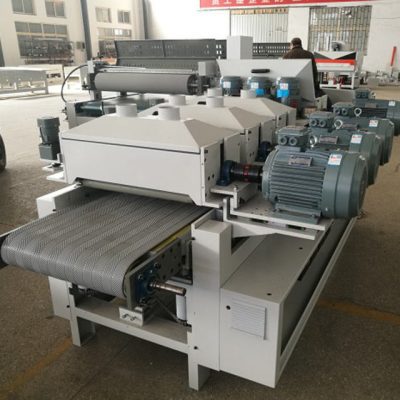Edge banding is a crucial process in woodworking and furniture manufacturing that involves applying a thin strip of material to the edges of panels. This process enhances durability, aesthetics, and overall finish. Various machines are used for edge banding, each designed to cater to different production needs. In this article, we will explore the primary machines used for edge banding, their functionalities, and how to choose the right one for your needs.
1. Edge Banding Machines
Edge banding machines are specifically designed for applying edge bands to furniture panels. They come in various configurations, including manual, semi-automatic, and fully automatic models.
- Manual Edge Banders: Ideal for small workshops, manual edge banders require the operator to position the panels and apply the edge banding tape. They are cost-effective and suitable for low-volume production.
- Semi-Automatic Edge Banders: These machines offer a balance between manual and fully automatic systems. They streamline the edge banding process, reducing labor while still allowing some manual intervention.

- Fully Automatic Edge Banders: Best for large-scale production, fully automatic edge banders can handle high volumes of panels with precision. They incorporate advanced features such as pre-milling, gluing, and trimming, ensuring a clean and seamless finish.
2. Hot Melt Glue Machines
Most edge banding machines use hot melt glue for adhesion. Hot melt glue machines heat and apply adhesive to the edge banding tape, ensuring strong bonding. This type of machine is essential for achieving high-quality finishes and durability.
3. Trimming and Finishing Machines
After applying the edge banding, trimming and finishing machines are used to achieve a polished look. These machines trim the excess edge banding and smoothen the edges, ensuring they are flush with the panel surface.
- Router Machines: These are often used for trimming and can be adjusted for different thicknesses of edge banding.
- Sanding Machines: Sanding machines provide a smooth finish to the edges, preparing them for the final coat or varnish.

4. Factors to Consider When Choosing an Edge Banding Machine
When selecting an edge banding machine, consider the following factors:
- Production Volume: For high-volume production, a fully automatic edge bander is recommended, while smaller operations may benefit from manual or semi-automatic models.
- Type of Edge Banding Material: Ensure the machine is compatible with the type of edge banding material you plan to use, such as PVC, melamine, or wood veneer.
- Space and Budget: Evaluate your workshop space and budget to find a machine that fits your operational needs without compromising quality.
Conclusion
Edge banding is an essential process in woodworking that significantly enhances the quality and durability of furniture. Choosing the right machine for edge banding is crucial for achieving optimal results. By understanding the different types of edge banding machines and their functionalities, you can make an informed decision that aligns with your production requirements.


